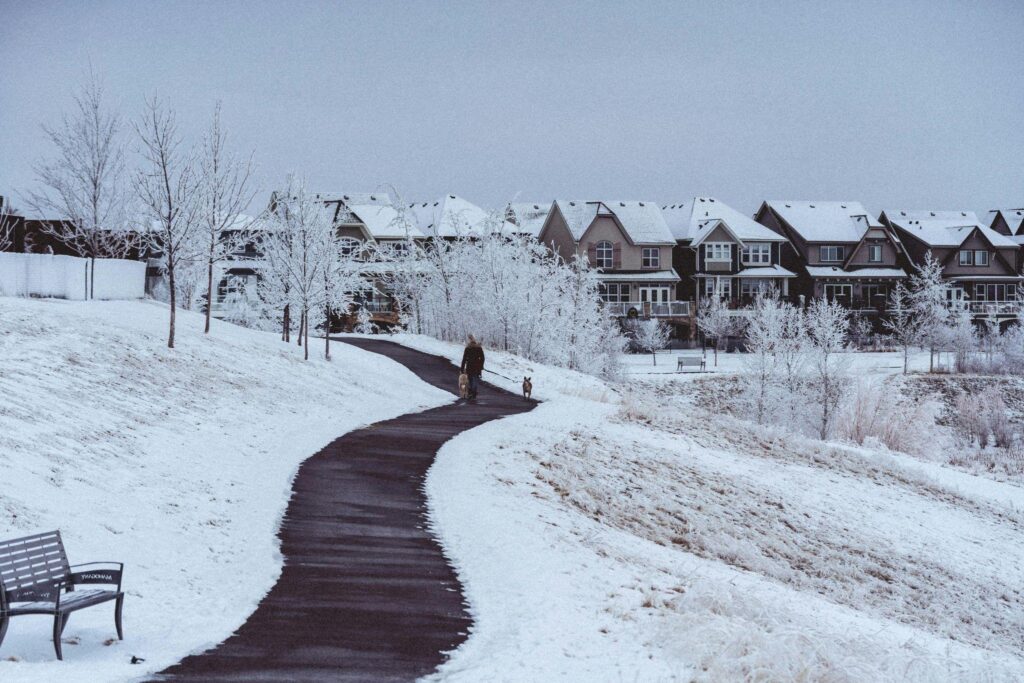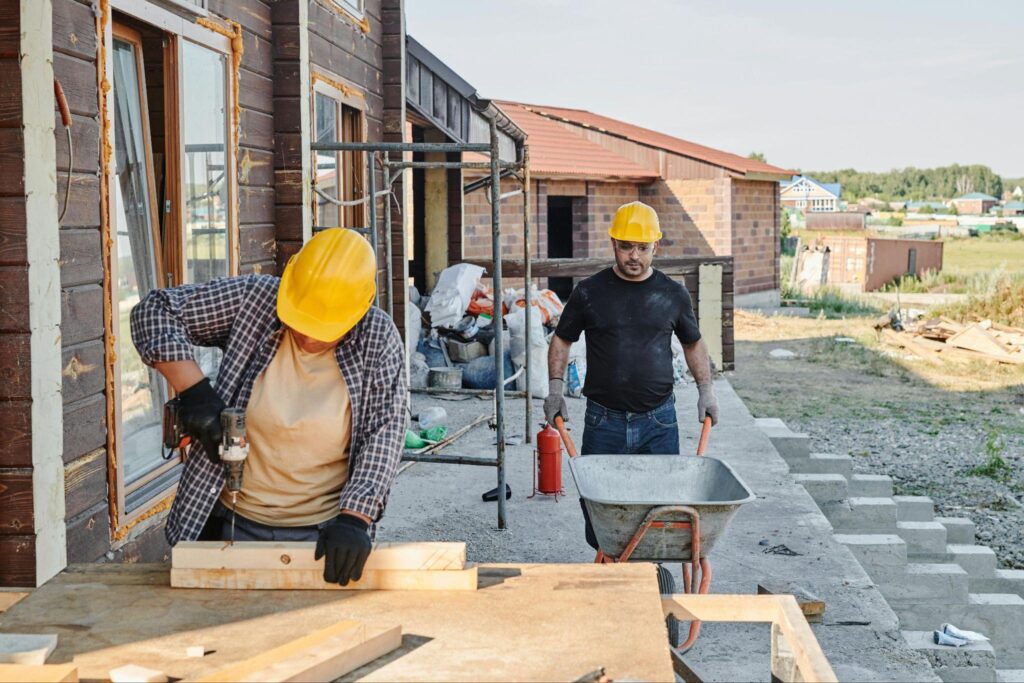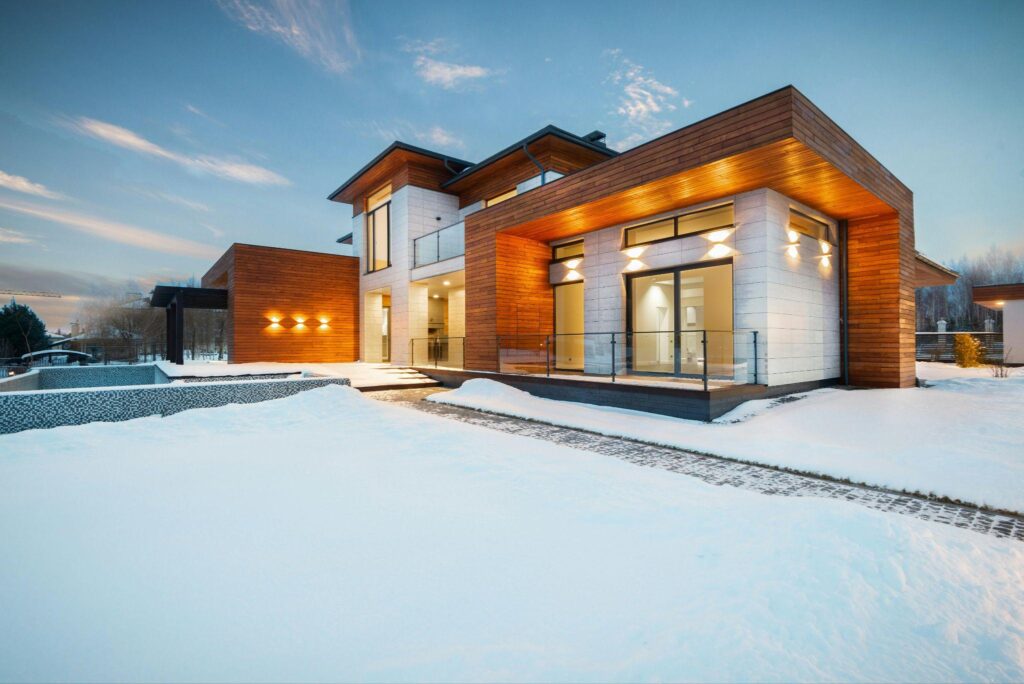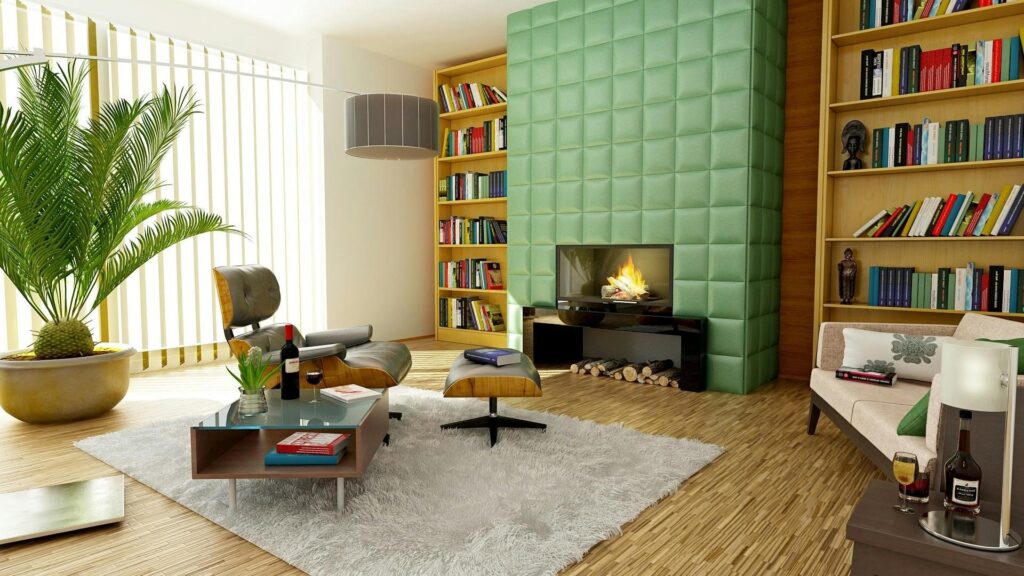Designing and building your dream home in Calgary is an exciting and complex journey — one that demands careful planning, thorough budgeting, clear communication, and an understanding of how the local environment and real estate conditions affect every step.

From the first idea you sketch on paper to the final inspection before move-in, every phase carries weight. Calgary’s unique topography, its zoning regulations, and its climate all bring specific requirements that can make or break your project timeline, comfort level, and return on investment.
We’ll outline the entire process, helping future homeowners in Calgary move from inspiration to completion without missing critical steps that affect the structure, longevity, and livability of the final result.
Understand the Land Before You Build
Before any floor plans are drawn or builders are hired, selecting the right lot is the single most important early decision. Calgary’s geography is full of variation — from sloped parcels near the Bow River to flat, expansive land in suburban communities like Mahogany or Evanston.
Each location comes with its own rules, risks, and costs.
Site Factors That Influence Design and Budget
When choosing land, don’t just look at the view. Consider:
- Soil condition and the likelihood of needing deep foundation work
- Slope and grade changes, which affect drainage and basement construction
- Sun exposure, especially if you’re aiming for passive heating or garden space
- Nearby utility access (water, gas, electricity, sewer), which determines hookup costs
Calgary’s frost line and long winters also require proper insulation below ground level, and that starts with understanding what kind of land you’re building on.
Hire a Custom Home Builder Familiar with Calgary Codes
Not all builders are created equal, and not all of them are equipped to handle the nuances of Calgary’s development regulations.

Your builder should have recent, local experience with full-cycle home construction — not just framing or renovations.
What to Look for in a Calgary-Based Builder
In addition to licensing and insurance, a builder should demonstrate:
- Familiarity with City of Calgary permits and inspection stages
- BASIX energy code knowledge and compliance with the Alberta Building Code
- Experience working with local suppliers and subcontractors
- A track record of building in the neighbourhood or zone where you plan to live
Ask to tour recent builds and look for at least 3 to 4 styles similar to your vision — whether that means modern, farmhouse, infill, or estate homes. Calgary’s communities vary in architectural controls, so a builder must know how to tailor designs to meet those expectations.
Secure Financing That Covers Both Land and Construction
Financing a custom home in Calgary isn’t the same as getting a mortgage for a resale property. You’ll likely need a construction loan or a builder’s mortgage, and your lender will require detailed building plans, timelines, and cost estimates before approving anything.
What a Lender Typically Requires
- A finalized floor plan with square footage and elevations
- A fixed-price contract with a licensed builder or cost-to-complete estimates
- Title ownership or a signed purchase agreement for the land
- Builder liability insurance and new home warranty documentation
Funds are usually released in stages (called drawdowns), which correspond to major construction milestones such as foundation pouring, framing completion, and drywall installation. Make sure both you and your builder understand when and how funds are released.
Work With an Architect or Designer Who Knows Prairie Climates
Designing a house for Calgary means preparing for strong sun exposure, long winters, high winds, and freeze-thaw cycles.

Cookie-cutter designs lifted from milder climates rarely hold up well here.
Smart Design Choices for Calgary Homes
- Use roofing materials that can handle snow loads and heavy winds
- Position main living spaces to maximize natural light in winter
- Include deep eaves or pergolas to manage summer overheating
- Choose triple-glazed windows and high-performance insulation
Also, talk to your designer about mechanical zoning for your HVAC system — homes in Calgary often benefit from zoned heating systems that manage energy use more efficiently between levels.
Plan for Permits, Reviews, and Inspections
The City of Calgary has clear requirements for new residential builds. You will need a development permit, a building permit, and several inspections along the way — not only at completion, but also at major structural stages.
Examples of Permits and Stages Required
- Development permit (if your plan affects zoning, height, or land use)
- Building permit (after structural review is approved)
- Electrical, plumbing, and HVAC permits
- Inspections at framing, rough-in, insulation, and final stages
If you plan to build near environmentally sensitive areas (such as escarpments or stormwater ponds), additional review and delays can apply. Your builder or architect should help navigate this process, but you’ll want to follow up yourself and keep documentation organized.
Don’t Leave Interior Planning Until the End
Too many homeowners focus heavily on the exterior structure, only to get overwhelmed during the design phase for interiors.

Cabinet layout, lighting plans, material selections, and appliance spacing should all be handled early — well before drywall is up.
Interior Features to Decide During the Design Phase
- Kitchen cabinet configuration and electrical placement
- Window treatments and their mounting needs (for built-ins or trims)
- Lighting placement and fixture type, especially for open floor plans
- Flooring transitions and materials across main living zones
In Calgary, radiant in-floor heating is a popular choice for basement suites and bathrooms, and that needs to be planned before concrete is poured. Likewise, smart home systems should be pre-wired before walls are closed, not added as an afterthought.
Understand Timelines and Seasonal Delays
Building in Calgary means respecting the seasons. Foundations can be poured in winter, but it’s not ideal — concrete work, roofing, and exterior cladding are all weather-sensitive. Supply chain delays can also stretch timelines depending on the time of year and demand on trades.
Common Timeframes for Calgary Custom Builds
- Permitting and design: 2 to 4 months
- Site prep and foundation: 1 to 2 months
- Framing and exterior work: 2 to 3 months
- Interior fit-out and finish: 3 to 5 months
- Final inspection and handover: 1 month
If you’re aiming for a summer move-in, start planning the fall prior. Builder availability shrinks fast during spring, and rushing to get permits in February rarely ends well.
Build for Who You’ll Become
Designing your dream home should not only reflect how you live today — it should anticipate who you’ll be 5, 10, even 20 years from now. Don’t just think in terms of resale value or short-term trends. Think about how your life may evolve.
A flexible floor plan, room for quiet workspaces, an aging-in-place bathroom design, or even extra insulation for lower operating costs — these aren’t indulgences.
They’re investments in comfort, dignity, and future freedom. Build the kind of home you’ll grow into, not out of.

